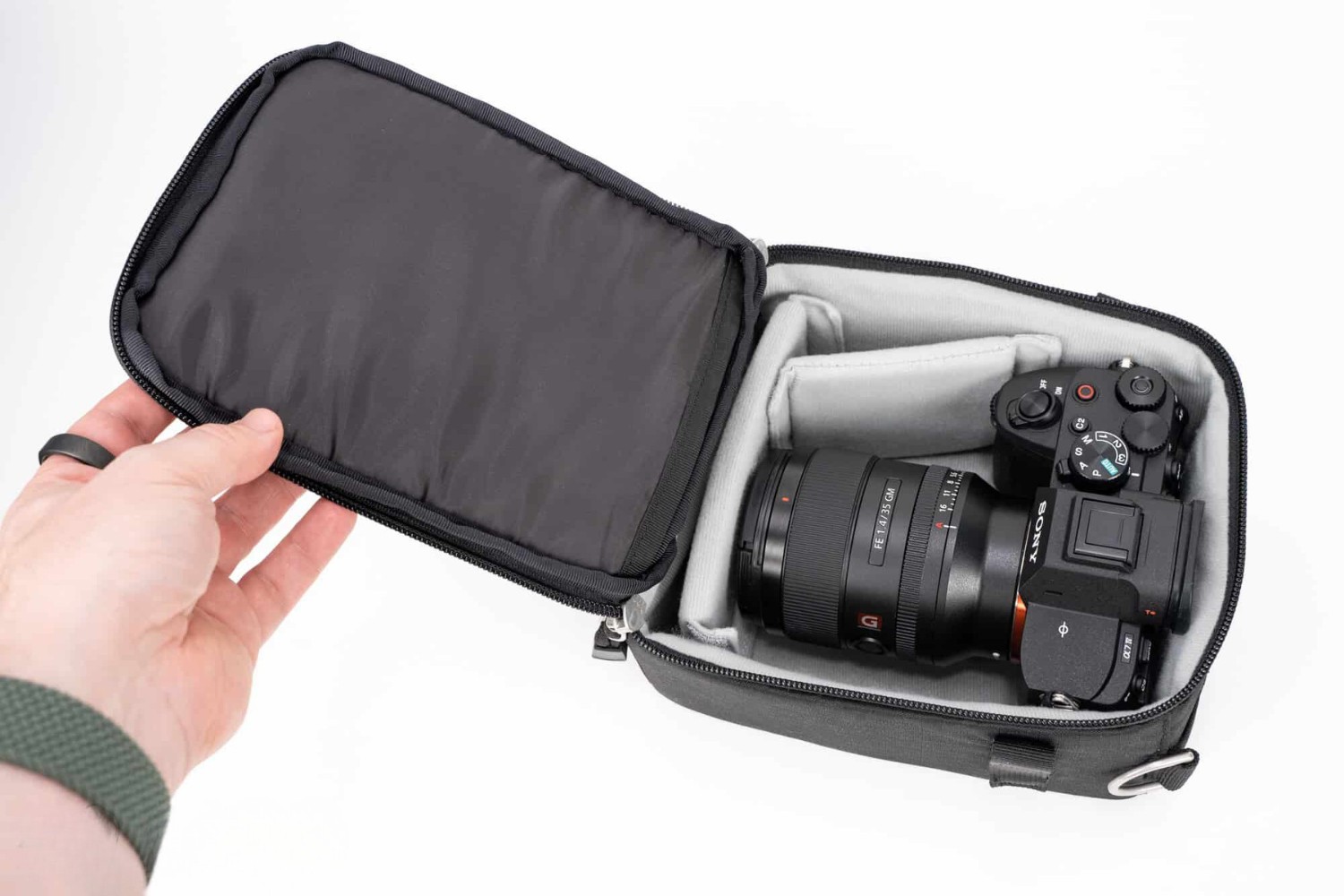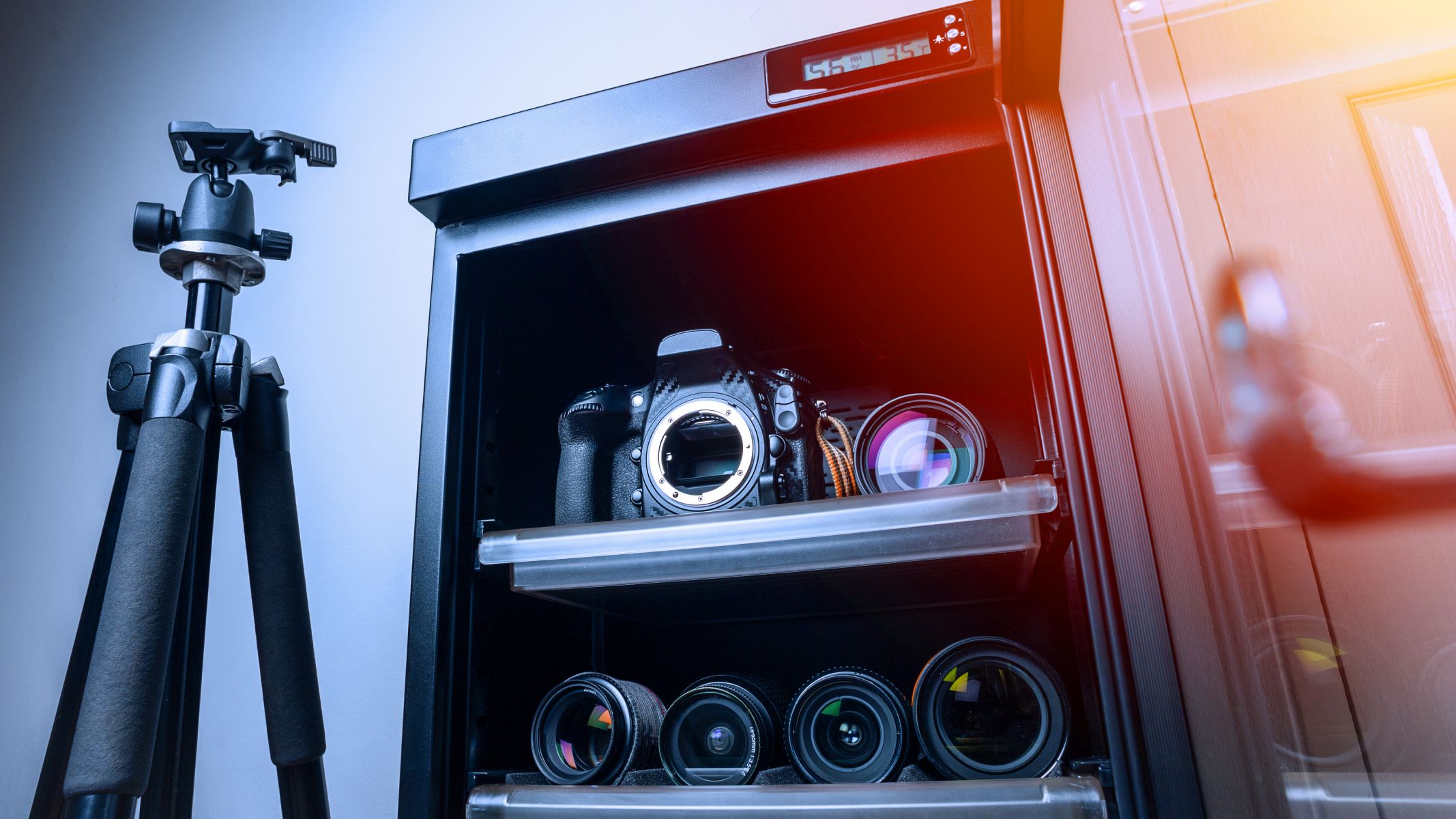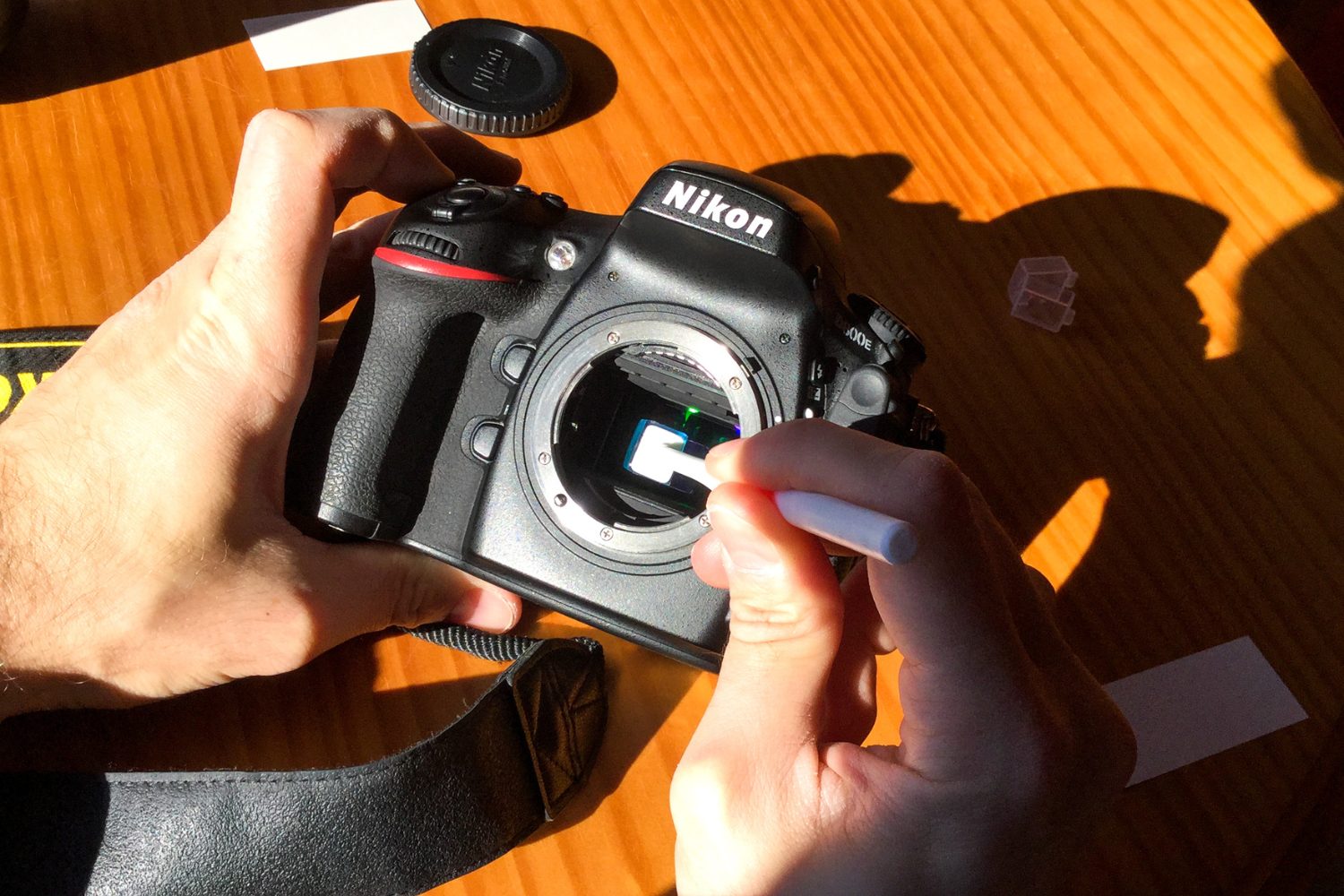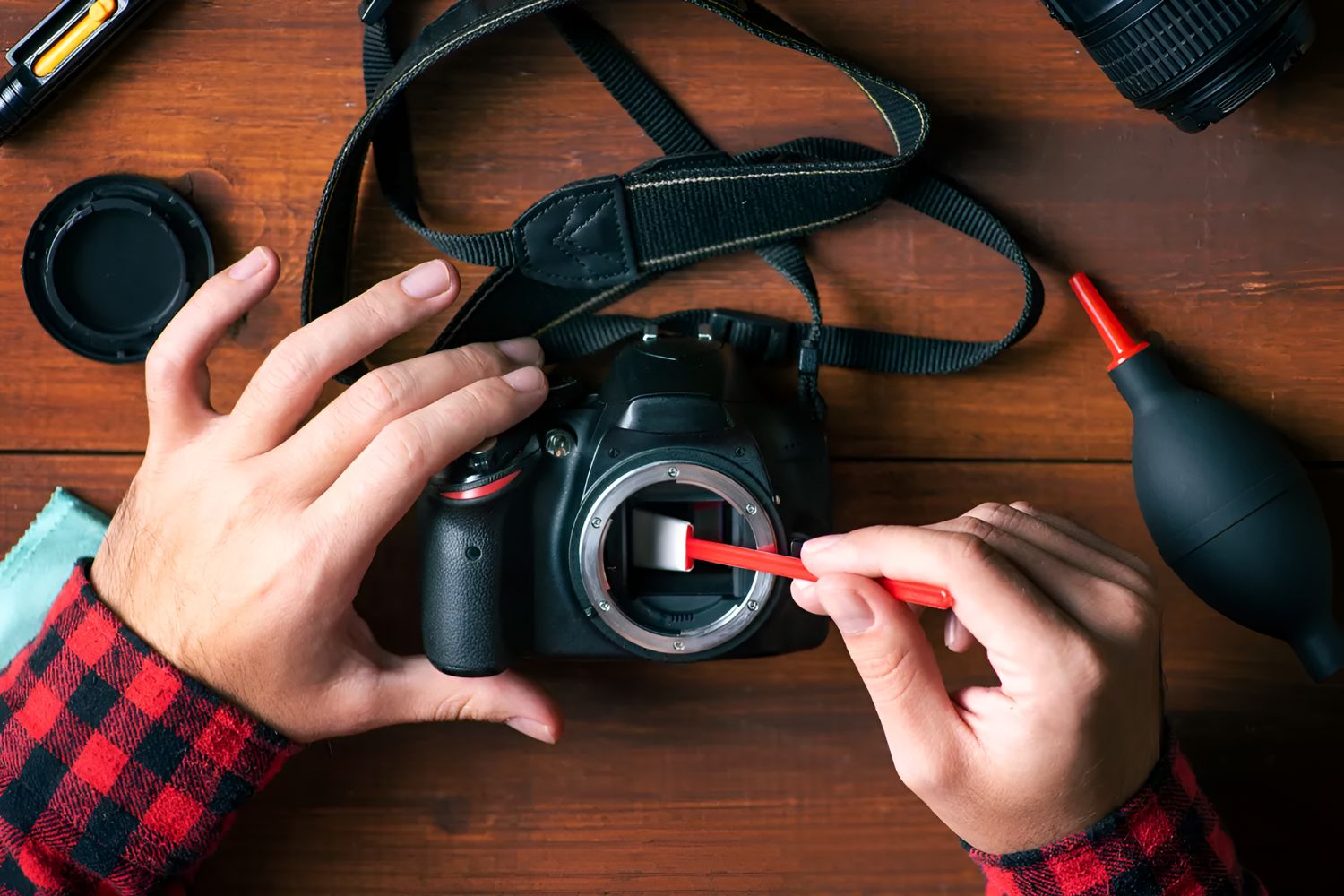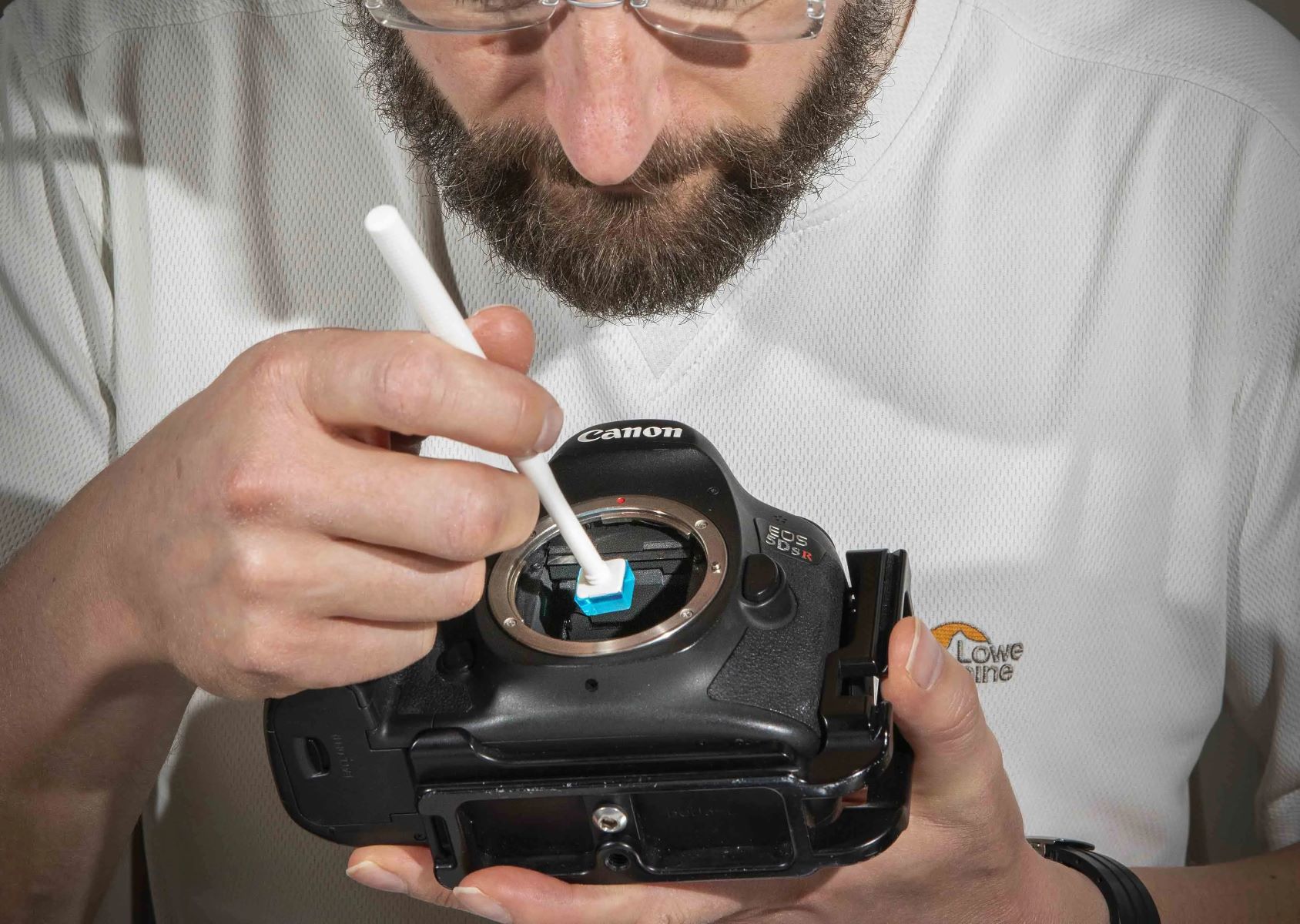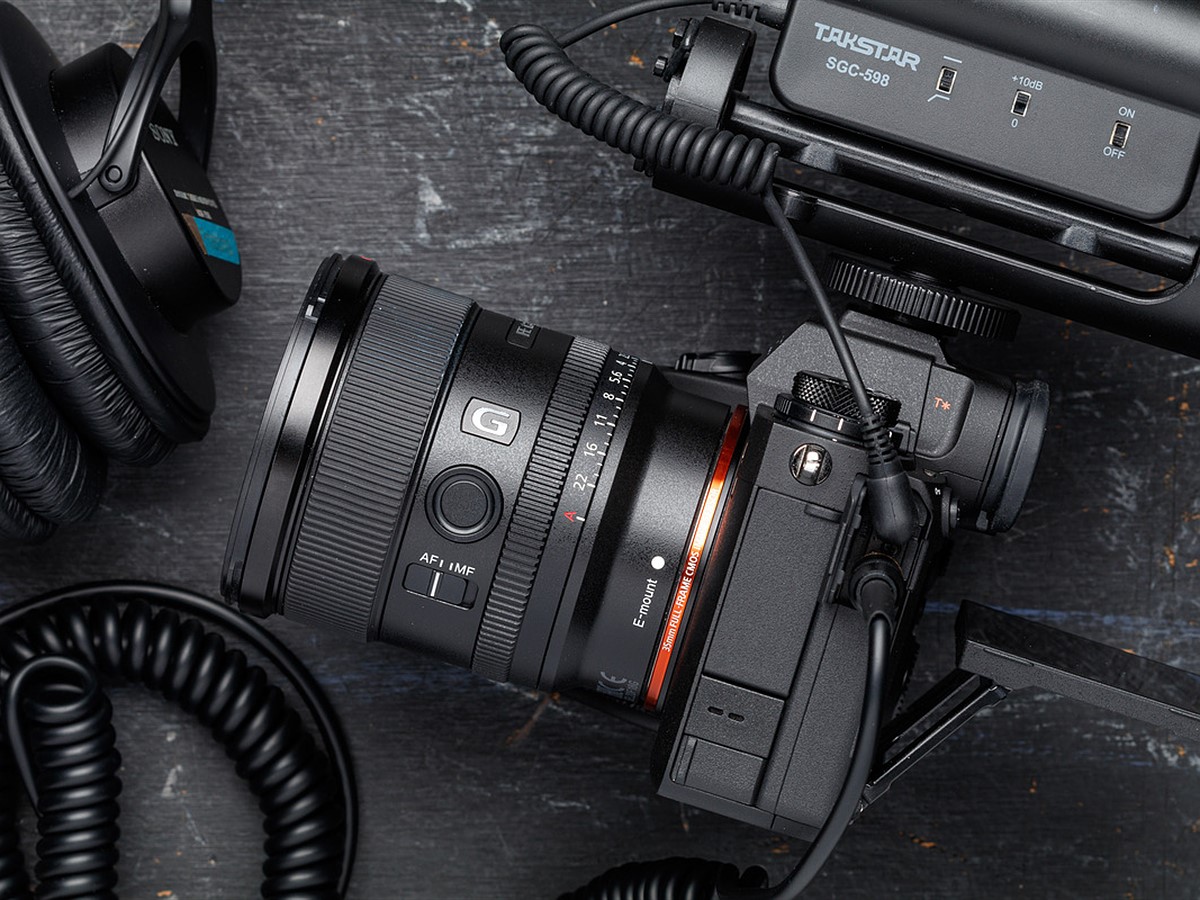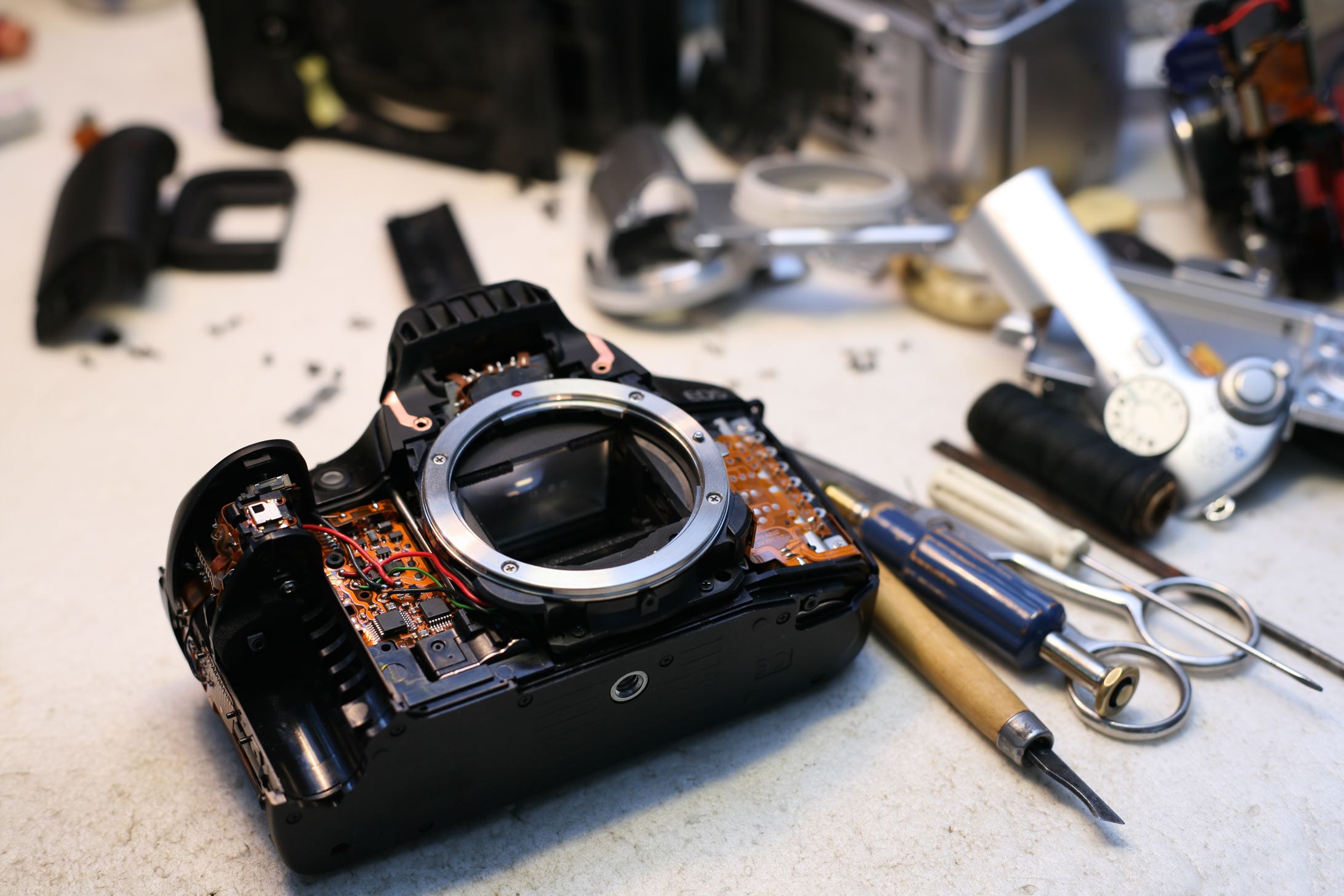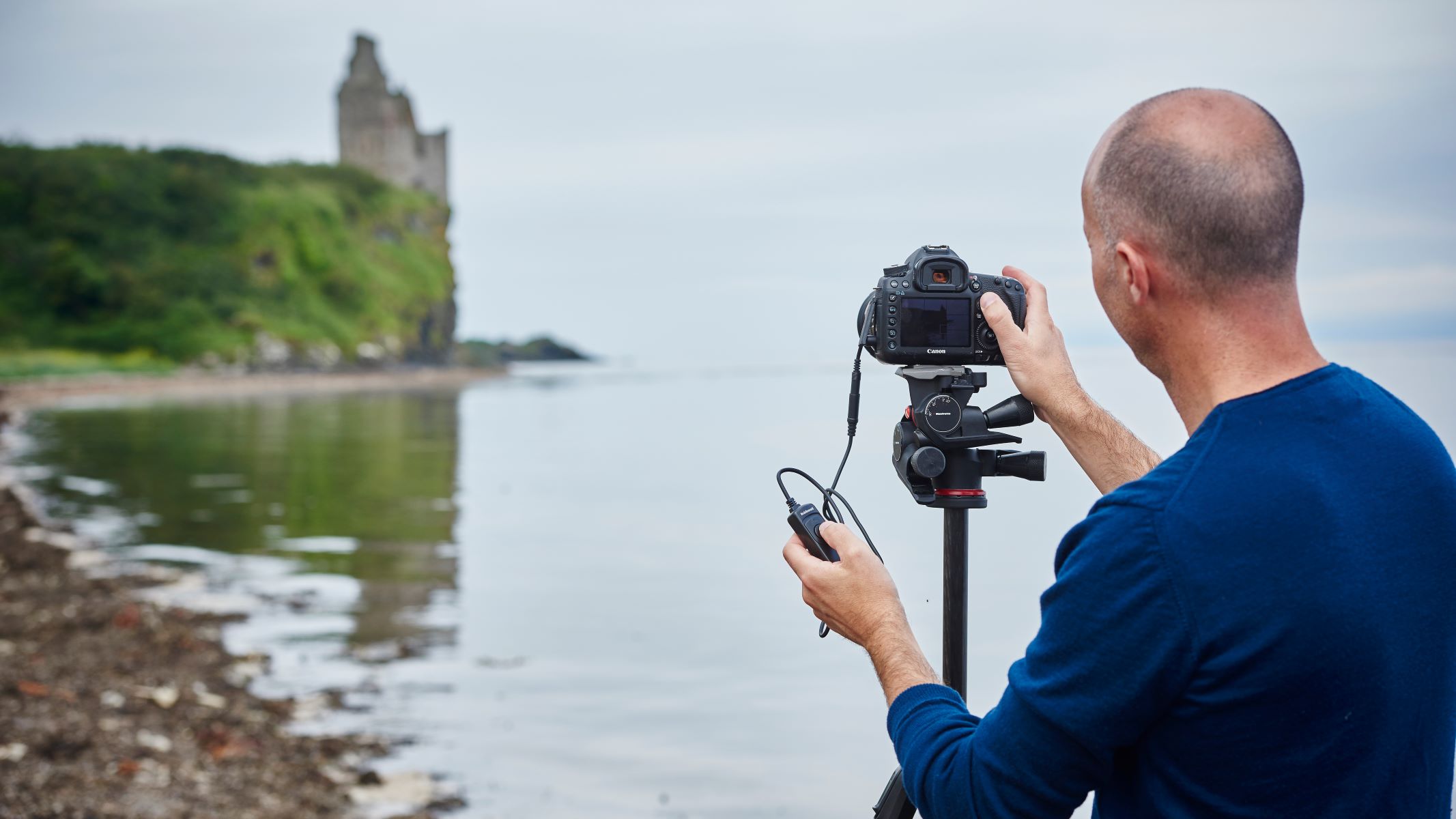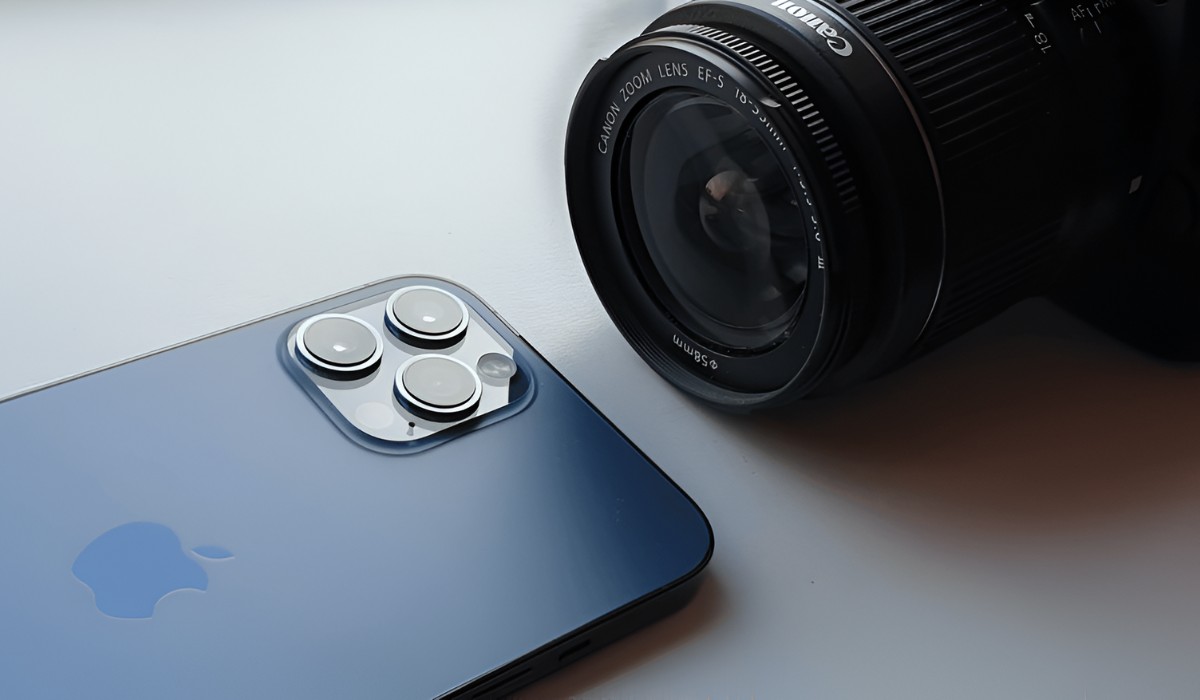Introduction
Welcome to the world of digital single-lens reflex (DSLR) cameras! Whether you're a professional photographer or an avid hobbyist, your DSLR camera is a valuable investment that requires proper care and storage to maintain its functionality and performance. Properly storing your DSLR camera is crucial for preserving its delicate components, protecting it from environmental factors, and ensuring that it's ready for action when you need it. In this guide, we'll explore the essential steps to ensure that your DSLR camera remains in top condition while in storage.
Taking the time to store your DSLR camera appropriately will not only extend its lifespan but also safeguard its image quality and overall functionality. By following the best practices outlined in this guide, you can maintain the integrity of your camera and be ready to capture stunning images at a moment's notice.
Let's delve into the key considerations for properly storing your DSLR camera, from selecting the right camera bag to safeguarding it in a suitable environment. With the right approach, you can protect your DSLR camera investment and preserve its performance for years to come.
Choose the Right Camera Bag
When it comes to storing your DSLR camera, selecting the right camera bag is paramount. A well-designed camera bag not only provides protection from physical damage but also shields your camera from dust, moisture, and extreme temperatures. Here are the key factors to consider when choosing the ideal camera bag for your DSLR:
- Size and Fit: Ensure that the camera bag is appropriately sized to accommodate your DSLR camera body, lenses, and accessories. A snug fit prevents items from shifting during transport and minimizes the risk of damage.
- Padding and Protection: Look for a bag with ample padding to cushion your camera and lenses. Padded dividers or compartments help prevent impact damage and keep your gear secure.
- Weather Resistance: Opt for a camera bag constructed from water-resistant or waterproof materials to shield your equipment from rain, snow, or accidental spills. Weather-sealed zippers and flaps add an extra layer of protection.
- Portability and Comfort: Consider the ease of carrying the bag, especially if you frequently travel with your camera gear. Padded shoulder straps, adjustable dividers, and ergonomic designs enhance comfort during extended use.
- Organizational Features: Look for a bag with multiple compartments, pockets, and adjustable dividers to keep your camera, lenses, batteries, memory cards, and other accessories neatly organized and easily accessible.
- Security: Choose a bag with reliable closures, such as sturdy zippers, buckles, or hook-and-loop fasteners, to prevent accidental openings and theft.
By investing in a high-quality camera bag that meets your specific storage needs, you can safeguard your DSLR camera and accessories while ensuring convenient access and transport. Proper storage begins with the right camera bag, providing peace of mind and protection for your valuable equipment.
Clean and Prepare the Camera
Prior to storing your DSLR camera, it’s essential to thoroughly clean and prepare it to maintain its pristine condition and prevent potential issues during storage. Follow these steps to ensure that your camera is ready for safekeeping:
- Remove the Lens: Carefully detach the lens from the camera body, inspect it for any dust or debris, and clean it using a soft brush or microfiber cloth. Always cap both the lens and camera body to prevent dust from settling on the sensors.
- Sensor Cleaning: If necessary, use a specialized sensor cleaning kit to gently remove any dust or particles from the camera’s sensor. This helps prevent image quality degradation and artifacts in future photos.
- Exterior Cleaning: Wipe down the exterior of the camera body with a clean, dry cloth to remove any dirt, fingerprints, or smudges. Avoid using harsh chemicals or abrasive materials that could damage the camera’s finish.
- Battery and Memory Card: Remove the battery from the camera and ensure that it’s adequately charged before storage. Additionally, check the memory card for any stored data and transfer or back up the files to a secure location.
- Check for Firmware Updates: Before storing your camera, verify if there are any firmware updates available from the manufacturer. Keeping the camera’s firmware up to date can enhance its performance and address any known issues.
By taking the time to clean and prepare your DSLR camera before storing it, you can mitigate the risk of dust accumulation, maintain optimal image quality, and ensure that the camera is in prime condition when you retrieve it for future use. These simple yet crucial steps contribute to the longevity and reliability of your camera equipment.
Remove the Battery
One of the most important steps in properly storing your DSLR camera is to remove the battery before long-term storage. This simple yet vital precaution helps safeguard the camera’s internal components and prevents potential damage or corrosion. Here’s why removing the battery is crucial and how to do it properly:
When a DSLR camera is not in use, leaving the battery inside for an extended period can lead to various issues, including:
- Battery Drain: Even when the camera is turned off, the battery continues to slowly discharge, which can lead to complete depletion over time.
- Corrosion Risk: In humid or damp environments, the presence of a battery can increase the likelihood of corrosion within the camera’s battery compartment, potentially causing irreparable damage.
- Electrical Damage: In the event of a malfunction or electrical surge, a stored battery can pose a risk of damaging the camera’s internal circuitry or components.
To remove the battery from your DSLR camera:
- Ensure that the camera is turned off to prevent any electrical mishaps during the removal process.
- Open the battery compartment door and gently eject the battery from its slot, taking care to avoid excessive force or mishandling.
- Inspect the battery for any signs of damage, leakage, or excessive wear. If any issues are detected, dispose of the battery according to local regulations and replace it with a new one when needed.
- Store the removed battery in a cool, dry place at room temperature, away from direct sunlight and extreme temperatures.
By removing the battery from your DSLR camera before storing it, you can mitigate the risk of battery-related issues, protect the camera’s internal components, and ensure that it’s ready for use when you retrieve it from storage. This simple practice contributes to the longevity and reliability of your camera equipment.
Store in a Dry and Cool Place
Choosing the right storage environment for your DSLR camera is crucial to preserving its functionality and protecting it from potential damage. Storing your camera in a dry and cool place helps mitigate the risk of moisture-related issues, mold growth, and electronic malfunctions. Consider the following factors when selecting an appropriate storage location:
- Avoid Humidity: Moisture is a primary adversary of electronic devices, including DSLR cameras. High humidity levels can lead to condensation, corrosion, and mold, posing significant risks to your camera’s internal components and lenses. Select a storage area with low humidity, and consider using desiccants or silica gel packs to absorb any excess moisture.
- Temperature Control: Extreme temperatures, whether excessively hot or cold, can adversely affect the performance and longevity of your camera. Aim to store your DSLR in an environment with a consistent, moderate temperature to prevent thermal stress and potential damage to sensitive electronic components.
- Avoid Direct Sunlight: Prolonged exposure to direct sunlight can cause heat buildup and damage delicate camera components, as well as fade or degrade the camera’s exterior materials. Choose a storage location away from direct sunlight or use a protective cover to shield the camera from UV rays.
- Secure and Dust-Free: Store your DSLR camera in a secure, dust-free area to minimize the risk of dirt, debris, or foreign particles entering the camera body or lens openings. A clean, enclosed storage space, such as a dedicated camera cabinet or a protective case, offers an added layer of defense against environmental contaminants.
By prioritizing a dry and cool storage environment for your DSLR camera, you can mitigate the risk of moisture-related damage, temperature fluctuations, and environmental hazards. Taking proactive measures to safeguard your camera during storage ensures that it remains in optimal condition and ready for action when you’re ready to capture your next photographic masterpiece.







